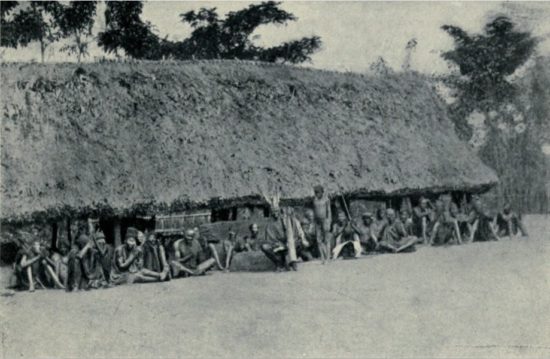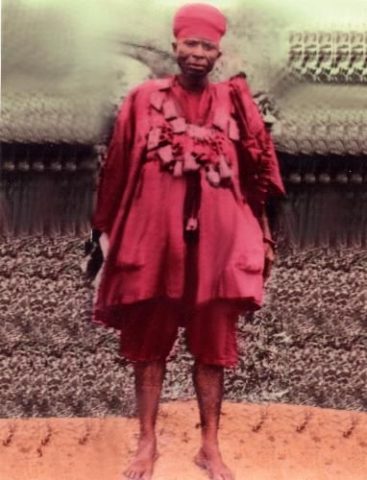History of the Egbas
The Egbas or the people of Egba land are found in the south-western region of Nigeria, and constitute the significant set of people in the central area of Ogun state.
Initially, Egba-land was part of the old Oyo empire before they gained independence through a man called Lisabi in the late seventeenth century, who united with some Yoruba groups for an onslaught against the Oyo Empire between 1775 and 1780.
Within the land of Egba is the famous ‘Olumo Rock,’ which, according to history, was a massive fortress for the people of Egba during their war against the people of Dahomey.
The Olumo rock is a significant icon of the Egbas, which is located in the capital city called Abeokuta in the present day.
However, Abeokuta didn’t use to belong to the Egbas until Lisabi embarked on an Independence war from the old Oyo empire, which changed their history forever.
Lisabi was born in Itoku but lived in Igbehin.
During this period, the Egbas was still under the leadership of the Oyo empire. At first, Lisabi organized a group of people which was tagged with traditional mutual assistance for their society – behind which the main list of a Freedom for the Egbas was being planned.
In 1780, the Lisabi’s group was used as an insurgent group to liberate the Egbas from the Oyo empire’s people by killing all the Oyo tribute collection officers within their territory about six hundred of the officers were killed on a single day.
On receiving such a rebellious and unpleasant news by the Alaafin of Oyo, he dispatched an Army group to disband the revolutionary group. Still, Lisabi’s group knew this would happen and had prepared for an attack of their own.
In the Egba forest, Lisabi’s group fought well and defeated the Army of Alaafin, after which they established their Freedom.
However, there was disunity among the Egbas, and their weak bond denied them of a force that could withstand the constant war that poses a threat to their existence.
The frequent attack of the Ibadan and Dahomey hunters didn’t help either. Hence, they were forced to relocate based on the directive of the Ifa Oracle.
At this time, Chief Shodeke led the Egbas to Nigeria’s western side, where the Olumo rock is located today.
The present-day Abeokuta – the capital of Ogun state – is also called the Oko Adagba, which translates to Adagba’s farm.
The name was based on the fact that Adagba – a hunter – was the first person to discover the iconic symbol of the Egbas – the Olumo rock – while he was searching for game animal and food from the Obantoko village where the fellow Egbas were stationed when they were still wandering around for a place to settle.
Under this Olumo rock, the Egbas first settled, which a place called Ikija or Ikereku area of the Egba Oke Ona.
The high priest of Olumo is famously known among the people as the Jagunna of Itoko while the entire Olumo rock and its territory are under the watch of the Itokos. This Ikija area has become an amusement park in the present day.
Currently, the Egbas has four significant subgroups: the Owu, Ake, Gbagura, and Oke Ona, with a king ruling over each group. Each king was referred to as Olowu of Owu, Alake of Egbaland, Agura of Gbagura, and Oshile of Oke, respectively.
During the colonial era, the British rule recognized the Alake (meaning king of Ake) as the supreme ruler among the four rulers. Consequently, his successor was renamed as the Alake of Egba land.
It is worthy to note that there is another king within the geographical zone of the Egbas known as the Olubara.
Olubara is not an Egba king but a Yewa king – another group of people close to the Egbas.
The Egbas are well known as warriors, but they are peaceful people in the present days. Their language is one of the many dialects of the Yorubas. They can be seen currently in many towns in the Yoruba land, notably in Oyo, Ogun, Eko (Lagos), and many other areas.
Source: Dakingsman








